What Is the Best Type of Triple Tray Material?
Triple tray impressions have been a successful and popular technique in restorative dentistry for years. This method continues to be utilized by clinicians and recommended by laboratory technicians because of its simplicity in design and ease of use. It is popular because of the curved tray design, the adaptability to various occlusal relationships, and the lack of tray wall deformation upon removal. You can obtain a master impression, an opposing arch impression, and an interocclusal record at the same time. It provides a highly predictable outcome if used for simple (1-3-unit posterior) cases, but dental laboratories can encounter problems because of the type of tray material and impression material you choose.
Plastic vs. Metal Trays
As you know, there are two main options for triple tray material: plastic and metal. Although plastic trays are more flexible, they may deform during the acquisition and pouring of the impression. Many studies tend to support metal trays over plastic trays for accuracy.
One recent study examined this and concluded that the metal dual-arch tray with vinyl polysiloxane (VPS)in the putty/wash viscosities reproduced casts with less distortion in comparison with the same technique with the plastic dual-arch tray. With the plastic trays, deformation can occur with the hydraulic loading pressure of most heavy-body VPS materials. If you want to use plastic trays, consider a lighter body viscosity.
Using either metal or plastic with polyether impressions had greater distortions. It would suggest if you prefer to use polyether impression material, don’t use a triple tray, but a standard stock quadrant tray instead.1
Choosing Impression Materials
It is important to note that we have choices for the viscosity and rigidity of impression material. There has to be a degree of rigidity so that the material becomes an integral part of the system, but there also needs to be some viscosity for flow properties. The light body has to flow into your preparation margins, but not be displaced by your heavy body, so that your entire prep is captured in the light body. One study showed dimensional changes, which occur between tray type and the rigidity of materials. The conclusion was that rigid impression materials will work well with either metal or plastic dual arch trays, and any difference would be compensated for with a few coats of die spacer.2
Another study looked at the accuracy of the gypsum dies in three dimensions (buccolingual, occlusogingival, and mesiodistal) with VPS material in three different tray types: (metal and plastic triple trays and a custom arch tray). The study concluded no statistical difference in die accuracy with all three-tray types in the occlusogingival or mesiodistal dimensions. There was a significant difference between the metal and plastic trays in a buccolingual dimension. The dies from the metal triple trays were 20 microns larger than the standard.3
Issues With Aluminum Trays
You might be thinking, “What about aluminum trays?” After all, it seems intuitive that an aluminum tray handle would be better than plastic. It would be more rigid and prevent impression (tray) distortion.
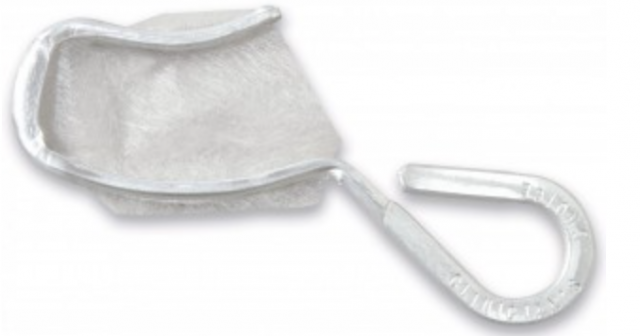
Many clinicians have utilized this type of tray with successful outcomes; however, there is another consideration.
The problem with aluminum trays is that the impression has to be gently removed from the patient’s mouth, ensuring that there is no torque on the handle, which can bend the body of the tray. And there is no way of knowing if that has happened until the restoration doesn’t fit.
Additionally, if the lab, for any reason, wants to do a second pour on your impression, a distortion may have occurred when the tray was separated from the master cast. Does your lab technician understand that, even though your VPS impression material is still attached to the frame, it isn’t accurate for a second pour? Although I could not find any science in the literature reporting how much force or torque will distort a tray, we know it happens. It is an occurrence that dental technicians have to address, and the issues can be frustrating and expensive for all parties.
The photos below show a wax up on a die from a first pour and the same wax up on a second pour die. You can see the discrepancy in the fit of the pattern on the second die.
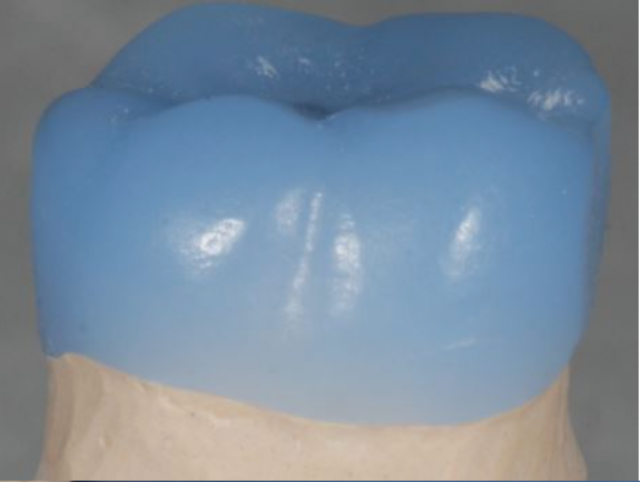
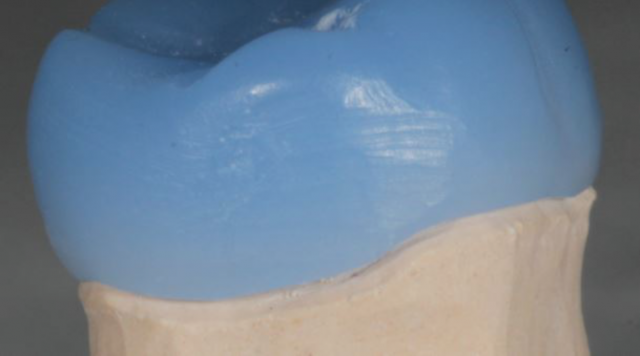
To show this again, look at the tray handle on the first pour and then again after removal. It has a bend that would significantly affect the accuracy of a restoration fabricated from this.
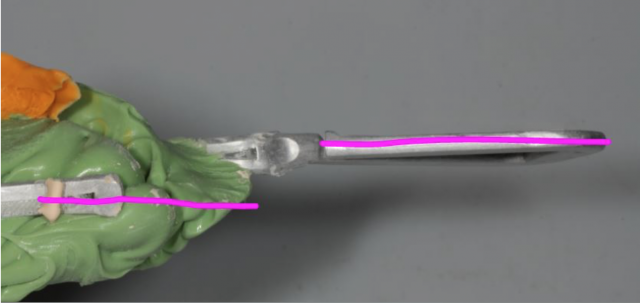
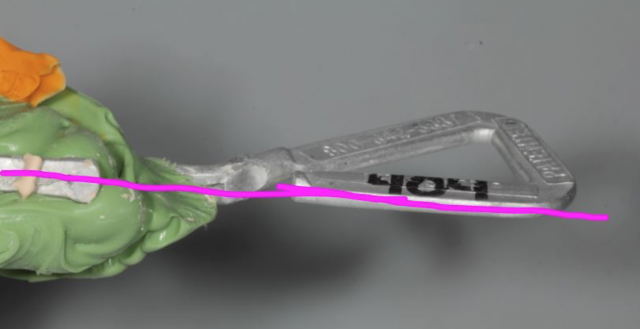
Despite the vagaries in the literature on the “best” tray and technique, either type of tray material should ultimately give you a successful restoration. Whether you choose metal or plastic triple trays, rigidity is necessary. Meticulous attention to all phases of the impression technique, including the type and viscosity of the material used, should ensure a successful outcome.
References
- de Lima, L. M. S., Borges, G. A., Júnior, L. H. B., & Spohr, A. M. (2014). In vivo study of the accuracy of dual-arch impressions. Journal of International Oral Health: JIOH, 6(3), 50.
- Ceyhan, J. A., Johnson, G. H., & Lepe, X. (2003). The effect of tray selection, viscosity of impression material, and sequence of pour on the accuracy of dies made from dual-arch impressions. The Journal of Prosthetic Dentistry, 90(2), 143-149.
- Ceyhan, J. A., Johnson, G. H., Lepe, X., & Phillips, K. M. (2003). A clinical study comparing the three-dimensional accuracy of a working die generated from two dual-arch trays and a complete-arch custom tray. The Journal of Prosthetic Dentistry, 90(3), 228-234.
SPEAR ONLINE
Team Training to Empower Every Role
Spear Online encourages team alignment with role-specific CE video lessons and other resources that enable office managers, assistants and everyone in your practice to understand how they contribute to better patient care.

By: Mary Anne Salcetti
Date: March 29, 2017
Featured Digest articles
Insights and advice from Spear Faculty and industry experts


